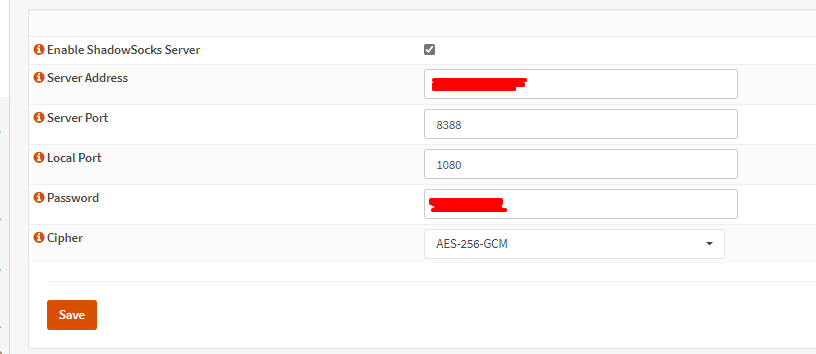

- #HOW TO CONFIURE SHADOW PROXY FOR PC INSTALL#
- #HOW TO CONFIURE SHADOW PROXY FOR PC SOFTWARE#
- #HOW TO CONFIURE SHADOW PROXY FOR PC PASSWORD#
Configure primary and secondary DNS servers to be used. Configure the tunnel interface to act as DNS proxy. Configure this IP address in the access route table so that global protect clients gets the route for this IP through tunnel:ĥ. Navigate to Network > Global Protect > Gateways >Agent>client Settings>split tunnel>Include Access route. Configure this IP address as the Primary DNS server IP for Global Protect Clients:Ĥ. Navigate to Network > Global Protect > Gateways>Agent> Network Services. Also, make sure there is a proper routing and security rule in place to allow communication between this IP address and the DNS server.ģ. Note: This IP address could be any random IP address. Navigate to Network > Interfaces > Tunnel and add the IP address to the tunnel interface identified from the preceding step: Identify what is the tunnel interface referred to in the GlobalProtect Gateway configuration. If no match is found, the default DNS servers are used.ġ. If the domain name is not found in the DNS proxy cache, the firewall searches for a match to the domain name among the entries in the specific DNS proxy object (on the interface on which the DNS query arrived), and forwards the query to a DNS server based on the match results. The git page has enough basics.DNS proxy is a role in which the firewall is an intermediary between DNS clients and servers it acts as a DNS server itself by resolving queries from its DNS proxy cache. SS (client) -> Kcp (client) -> Kcp (server) -> SS (server).

Vultr should be fine since the guide uses Vultr as well.įor KCP, if you’re familiar with SS/SSR, then it’s basically the same thing.īasically, instead of going direct SS (client) to SS (server), you go Keep in mind, BBR doesn’t work with OpenVZ. This guide is similar to the set-up listed in the article above, but has a few differences:

The Shadowsocks protocol is still being maintained, and the protocol has missing a clear communication magic word to be discovered. However, some service providers of Shadowsocks are also trying to counter these bans. They tried to discover these hidden services by using social engineering, traffic detection and analysis, and port proactive detection. The government seems to be trying to intercept but apparently still needs to work hard. Is Shadowsocks currently banned? Here is what a user in China reports: It only affects “NEW” connections, so properly authenticated ssh This will block IP addresses that try to login more than 3 times per Iptables -I INPUT -p tcp –dport 22 -i eth0 -m state –state NEW -m recent –update –seconds 60 –hitcount 4 -j DROP Iptables -I INPUT -p tcp –dport 22 -i eth0 -m state –state NEW -m recent –set The simplest way to do that is using iptables Protect your SSH access from bruteforce attacks
#HOW TO CONFIURE SHADOW PROXY FOR PC PASSWORD#
Run it, enter your IP, Port, Password and change the protocol and obfs. Press “esc” then type “:wq!” to save the file and go back Change "protocol": "origin", to "protocol": "auth_sha1_v4", and "obfs": "plain", to "obfs": "tls1.2_ticket_auth",
#HOW TO CONFIURE SHADOW PROXY FOR PC INSTALL#
Press enterĪfter it is done it will display the config.Ĭongratulations, ShadowsocksR server install completed! ShadowsocksR, choose a password and port (any port will do). The install script will do everything for you. shadowsocks-all.sh 2>&1 | tee shadowsocks-all.log Login to your server using Putty or any other SSH client.
#HOW TO CONFIURE SHADOW PROXY FOR PC SOFTWARE#
Shadowsocks is open-source software which hides or obfuscates internet connections.


 0 kommentar(er)
0 kommentar(er)
